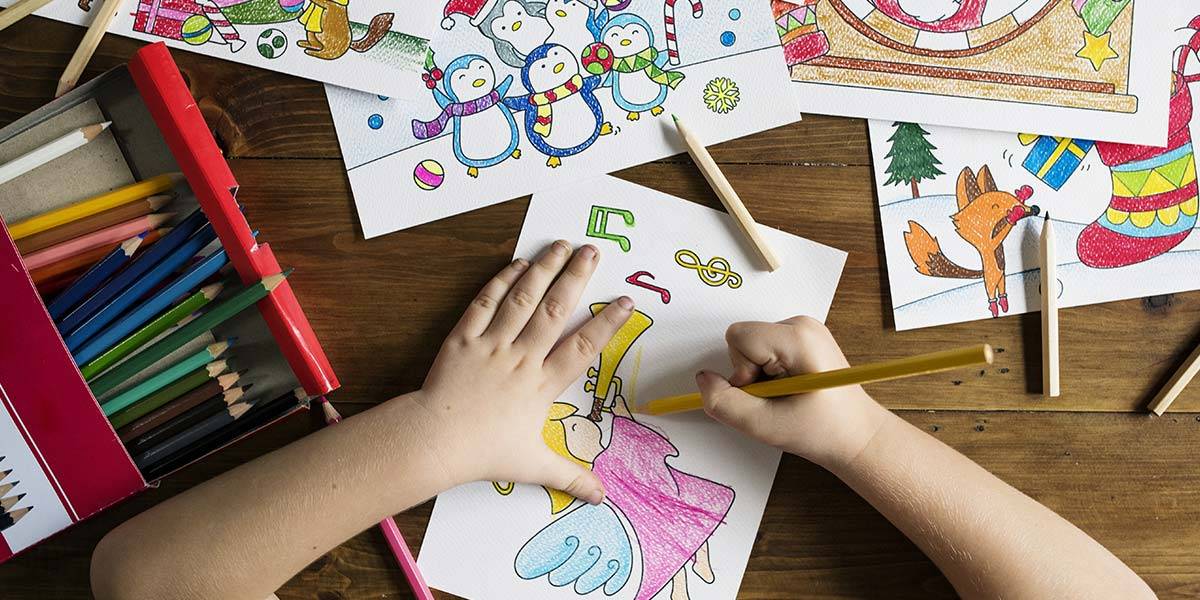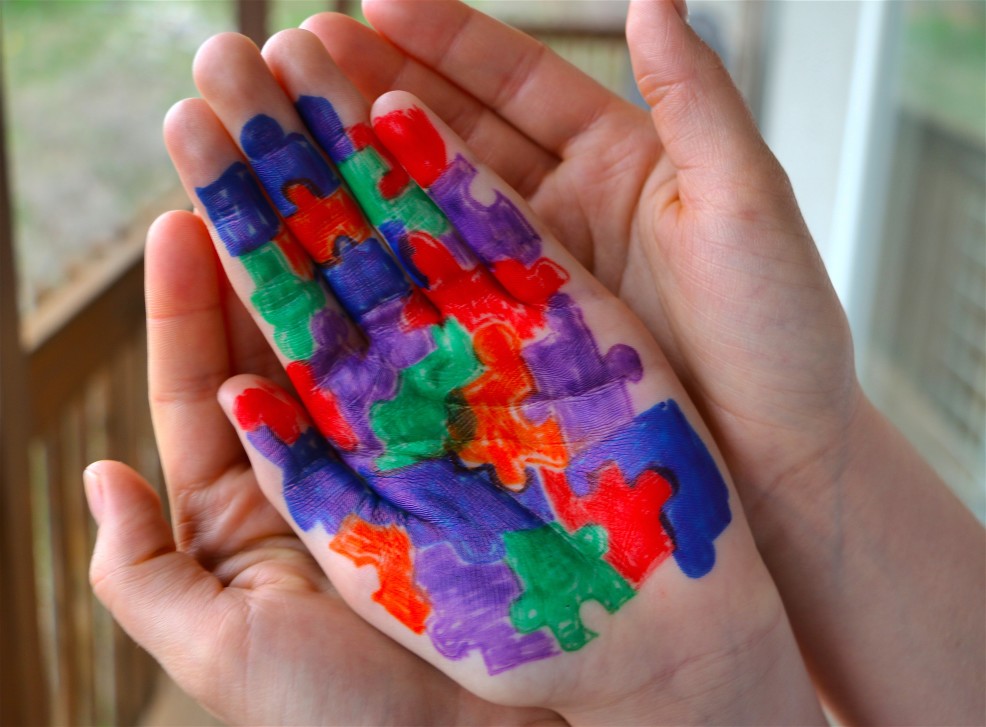- 1-833-AUTISM2
- Glendale, NY
- Scottsdale, AZ
- Port St. Lucie, FL
- Westfield, NJ
- 1-833-AUTISM2
- NY
- AZ
- FL
- NJ

Applied Behavior Analysis (ABA) therapy is a treatment used to reinforce positive behaviours in children who struggle with social interactions, focus, studies and communication. It has been an effective and popular method of treatment for children with autism spectrum disorder.
ABA therapy is developed based on a study that focuses on how children learn things in life. The therapist finds out the strengths and weaknesses of the child and then starts the therapy which is uniquely tailored for each individual child.
Often described and considered as the gold standard treatment for autism, ABA therapy is helpful in decreasing problematic behaviours in autistic children. It is found to be effective for increasing communication skills and for improving memory, academics and social skills.

ABA therapy is developed based on a study that focuses on how children learn things in life. The therapist finds out the strengths and weaknesses of the child and then starts the therapy which is uniquely tailored for each individual child.
There are numerous ways and techniques to reinforce positive behaviour using ABA therapy. Therapists choose a technique depending on the individual and the targeted result. Some techniques are given below.
DTT uses Antecedent-Behavior-Consequence (ABC) Model. It’s an approach that observes what happens before a behaviour (antecedent) and then that behaviour is followed by a consequence which is either a reward for a good behaviour or no reward for a bad behaviour.


In modeling, the child is taught on how to behave in certain scenarios by demonstrating the desired behaviour. This is most useful in improving the social skills in a child. This method helps the child to communicate well with peers.
PECS is a technique which involves the use of pictures in teaching vocabulary to children. They ask for an object of their desire by giving a picture of that object to the therapist who gives that object to the child in return.


Another way to encourage good behaviour in children is by using reinforcement systems. Give them positive reinforcements like a praise or a reward when they show a desired behaviour and when they don’t, the reinforcement is delayed until they show the appropriate behaviour.
With ABA therapy, children with autism would find it easier to make friends. Their overall social skills would also improve, making life uncomplicated for them.
ABA therapy enables a child to effectively handle different situations in life. Thus the child would learn to live independently with a sense of confidence.
A child with autism spectrum disorder can lead a happy life with the help of ABA therapy and this can tremendously improve their life satisfaction.
There is scientific evidence that proves that evidence-based types of Interventions are safe and effective. Children with autism spectrum disorder can benefit from early intervention.